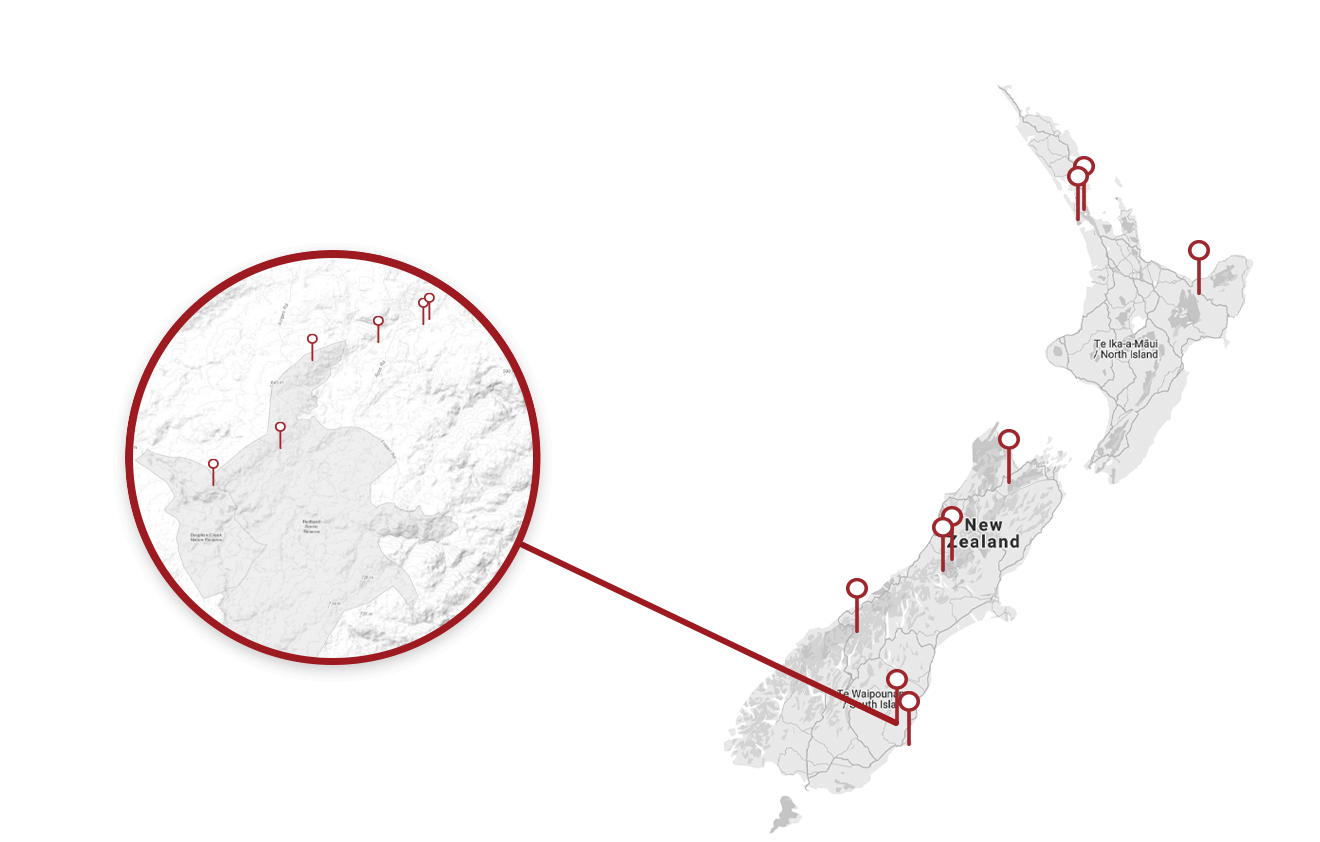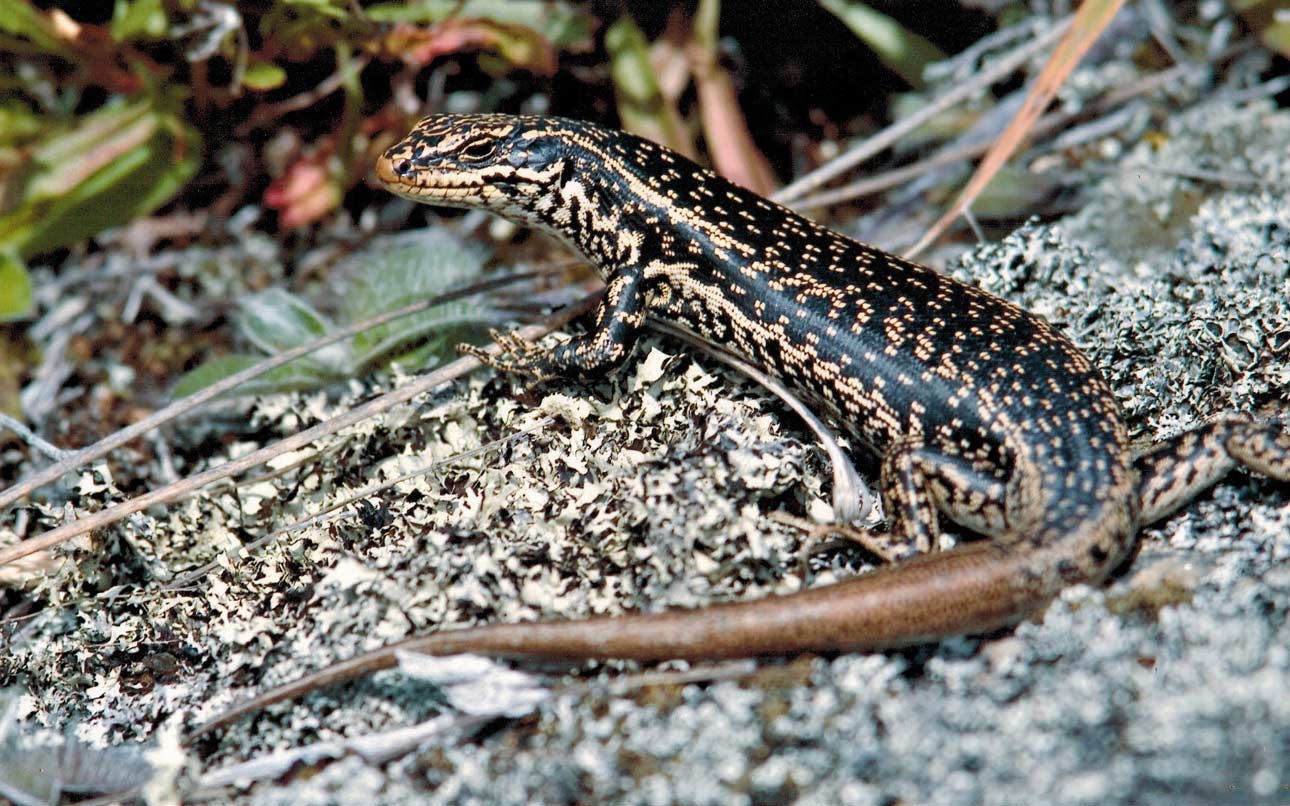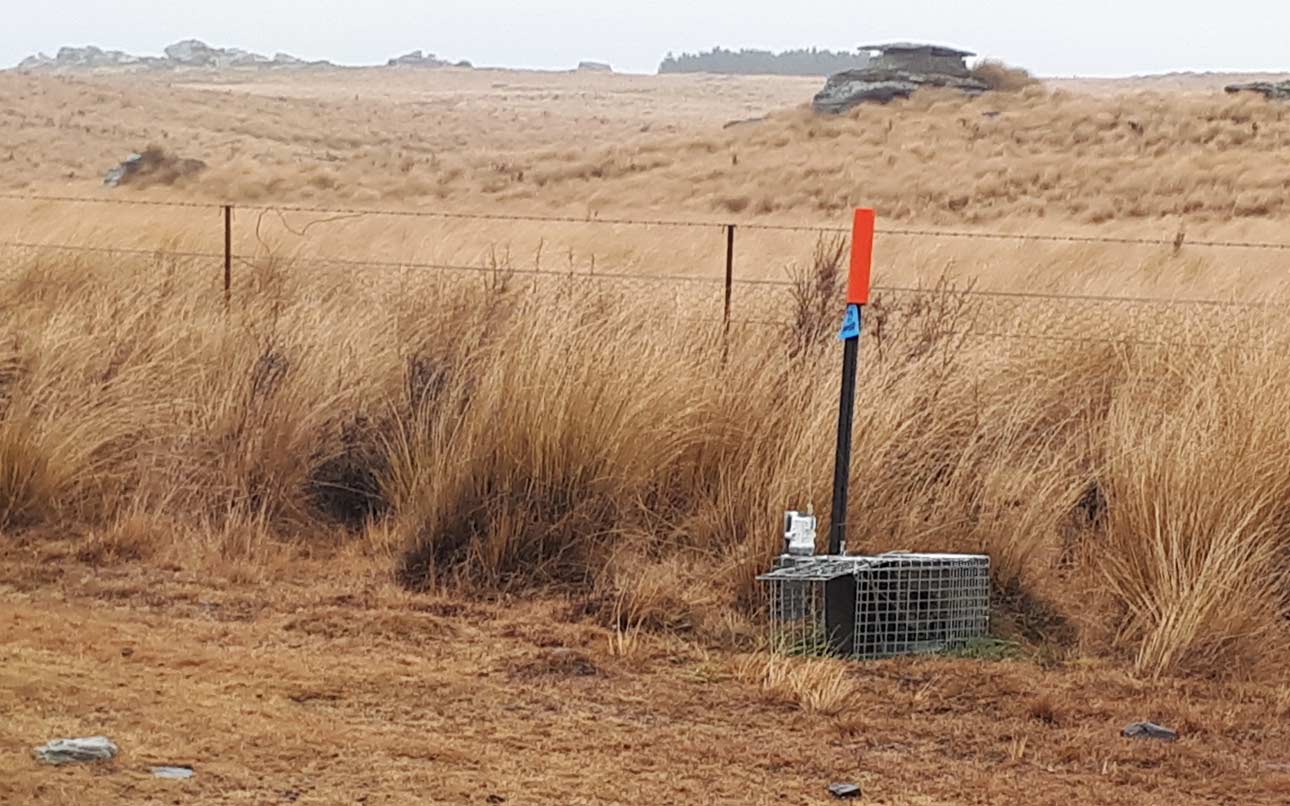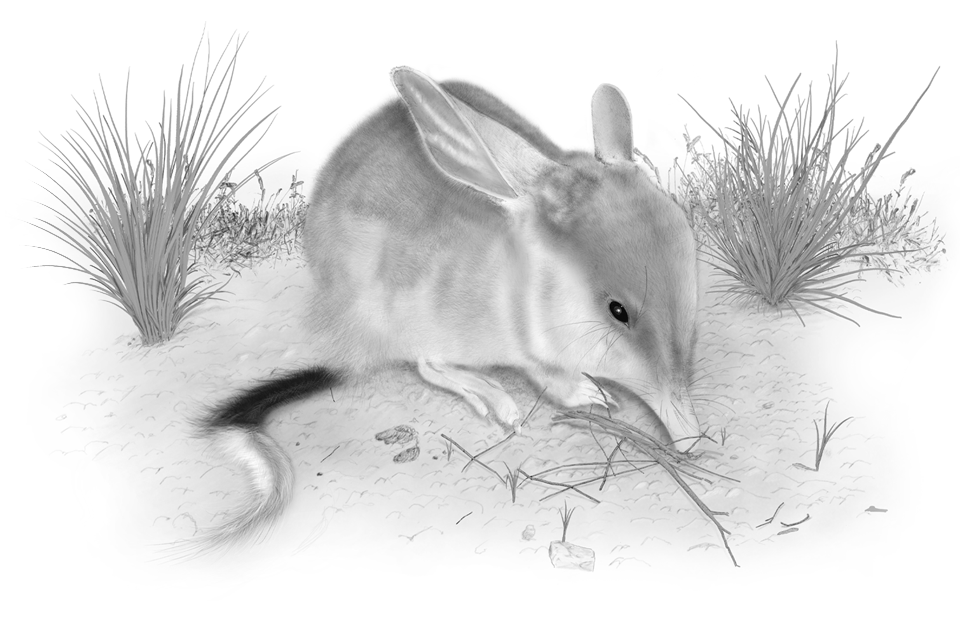Saving central Otago’s endangered skinks
The Department of Conservation (DOC) Macraes Flat project is located in an area of central Otago tussock hill country that includes both historic and modern-day gold mines and supports two species of endangered skink. The project covers 4000 hectares of intensive predator trapping and 30 hectares of fenced enclosures in an effort to reverse the decline of the Grand and the Otago Skink. Trapping remains at the heart of the skinks’ gradual recovery.

Removing predators, saving treasures...
The DOC Macraes Flat team run 200 live capture traps and 800 kill traps, spread over 4000 hectares, to control predators such as cats and mustelids. Decades of project data has shown them that live capture leg-hold and cage traps consistently catch four to five times more cats per trap night than the kill traps they use.
Kill traps alone could not adequately suppress predator numbers. However, the effectiveness of live capture traps is offset by the requirement to check them every day.

Performance
For seven months of the year from January to the end of July the team’s daily live capture route was 50 kilometres long and the winter routine was becoming an intolerable mess of greasy ruts, horizontal sleet and, for the most part, empty traps. It was apparent that electronic monitoring of the live capture network was going to be the best long-term strategy.
DOC installed Celium at Macraes Flat in 2018, starting with coverage to about a third of the live capture network. Bitter experience has shown that technology does not always do what you want it to in field conditions. So, the DOC team took a cautious approach, with rigorous monitoring of the system’s performance. They found the system performed admirably in the first season. Being able to bypass trap lines immediately saved them an hour or two each day and it became obvious that the system did everything they wanted.
DOC have since deployed nodes for every live capture trap in the network, including leg holds and have enough coverage and equipment to trap every nook and cranny of the landscape. Batteries have lasted multiple years even when coping with temperatures dropping well below freezing, and the hardware has coped with all sorts of livestock interference. As of mid-2020, the only node that had been damaged was run over by a stock truck, and it still worked!

The benefits & savings?
Soon after deployment Celium had reduced the number of trap visits by 75%, enabled DOC to increase the number of live capture traps relative to kill traps, and made the live capture traps nearly as efficient to run as the kill traps. The biggest impact has been the significant reduction in effort required to achieve the same levels of trapping. As of mid-2020 Celium had saved the team well over 1000 person-hours and become an essential and reliable operational tool.
Along with petrol and associated vehicle costs savings, there have been improved animal welfare outcomes, reduced degradation of vehicle access tracks, the ability to extend the trapping season into the fringe winter months and a reduction of Health and Safety risks due to fatigue and general improvement in working conditions.
Testimonial
Using the equipment has saved us well over 1000 person hours since we first implemented it in 2018 and the system has become an essential and reliable tool in our operation.
Patrick Liddy – DOC Ranger, Macraes Flat Field BAse
More than just Trap Monitoring
Celium wireless sensor networks are designed to accommodate a wide variety of monitoring applications across a range of sectors. By integrating numerous sensors and monitoring instruments, Celium can deliver timely and actionable data to many types of projects, from just about anywhere.
Discover Celium









